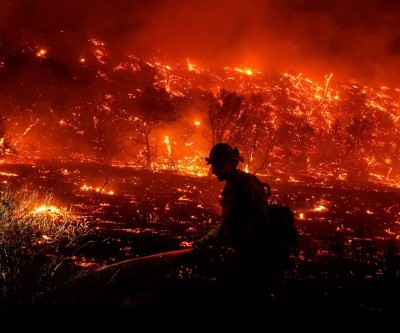Latest Ads
-
Jasmine Jewel
Call
-
Omidan group
Call
-
Amir Madanpour
Call
-
Dimo studio
Call
-
Yorkacademy
Call
-
Maryambagheri
Call
-
Shishlix Restaurant
Call

What could drought-stricken forests mean for Canada’s fall foliage?
Parts of Canada facing severe drought may not see a bright fall landscape this year, says a biologist in Ontario, as stressed trees lose the energy needed to produce their stunning fall colors.
In dry areas, leaves may simply turn brown instead of turning red, says Susan Dudley, a biology professor at McMaster University.
As the days get shorter, the green chlorophyll in leaves breaks down, revealing the yellow and orange pigments hidden beneath. However, some trees, such as maples, oaks and sumacs, produce new pigments in the fall that turn their leaves a rich red and purple hue, creating a stunning fall landscape.
If a tree is under too much stress—such as from a severe drought—its leaves can dry out and become lifeless before these pigments have fully formed, Dudley explains.
In southern Ontario, he says most of the brown leaves he’s seen so far are the result of sudden death from stress, not an early onset of fall color.
It’s still too early to make a definitive prediction, Dudley says, but the current outlook isn’t promising; although favorable weather conditions could change that. “I wouldn’t say we’re going to have a good fall in terms of leaf color this year,” he adds.
Leaves get their red or purple color from a pigment called anthocyanin, which scientists say may act as a kind of “sunscreen,” protecting cells from harsh light so that the leaf can still absorb nutrients even as photosynthesis breaks down.
“These stressed trees no longer have enough energy to sustain these protective mechanisms,” says Dudley.
According to the National Drought Monitor, about 70 percent of Canada’s land area was experiencing abnormally dry or drought conditions as of the end of July.
Source
Suggested Content
Latest Blog
Login first to rate.
Express your opinion
Login first to submit a comment.
No comments yet.


































